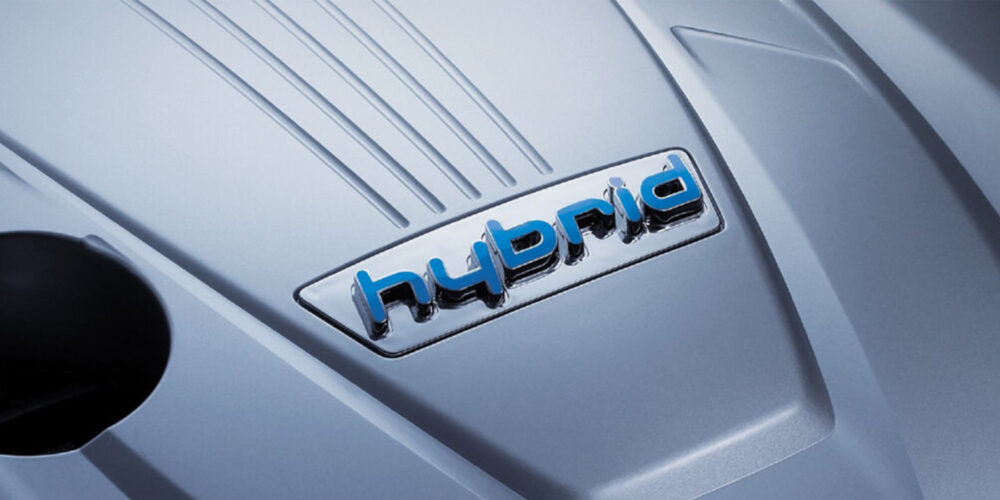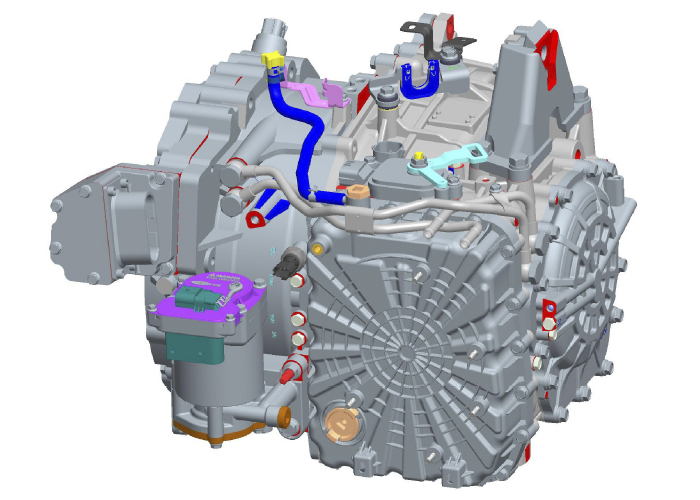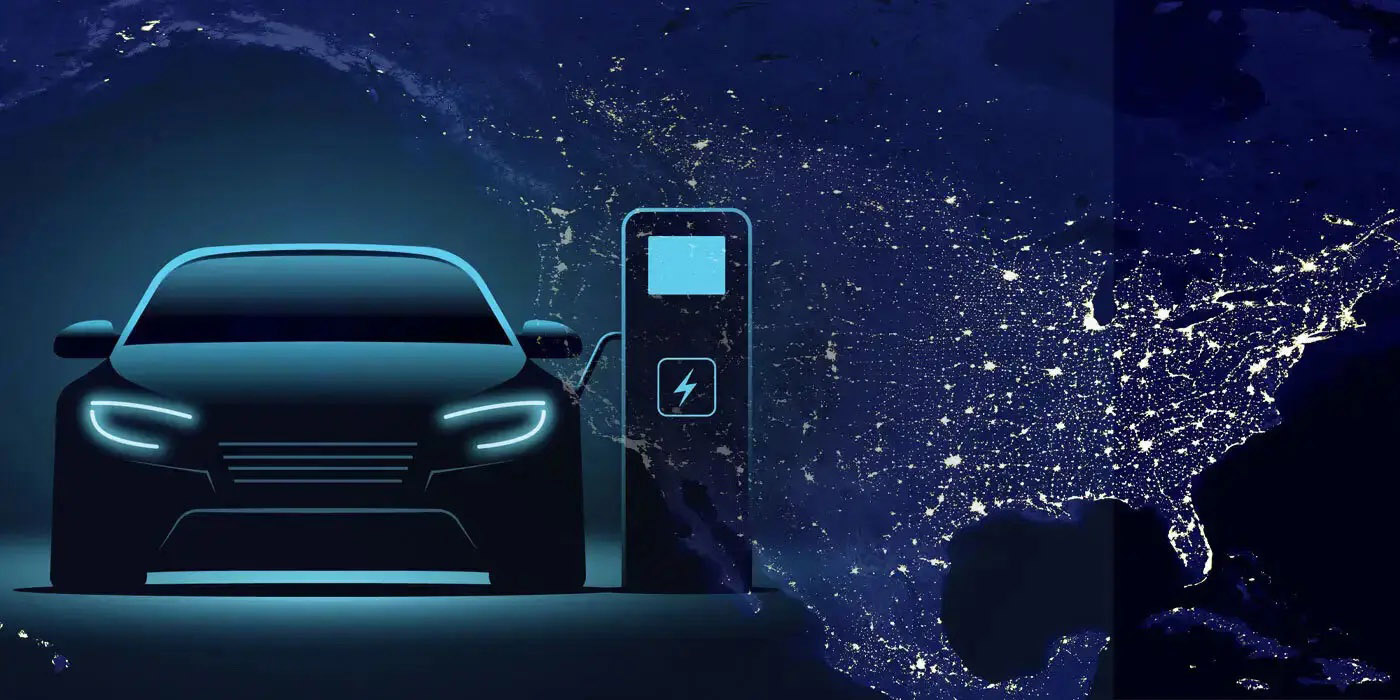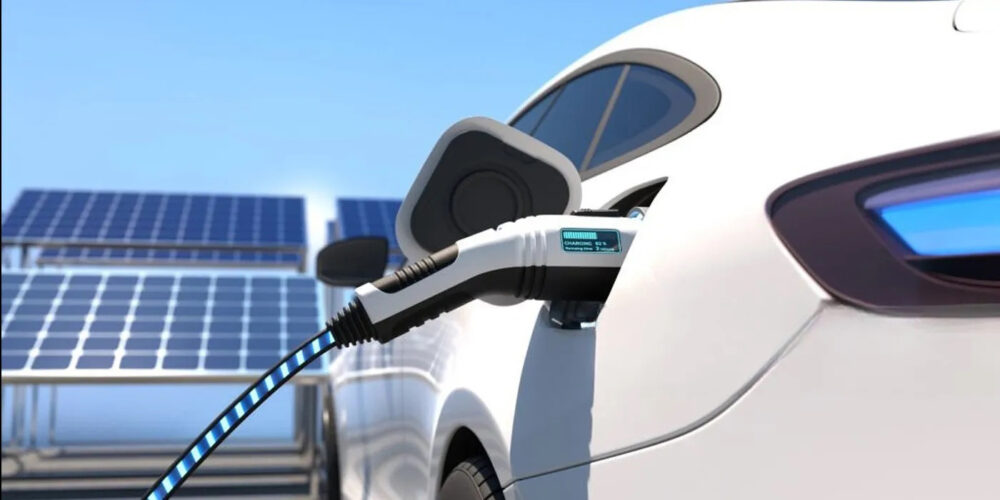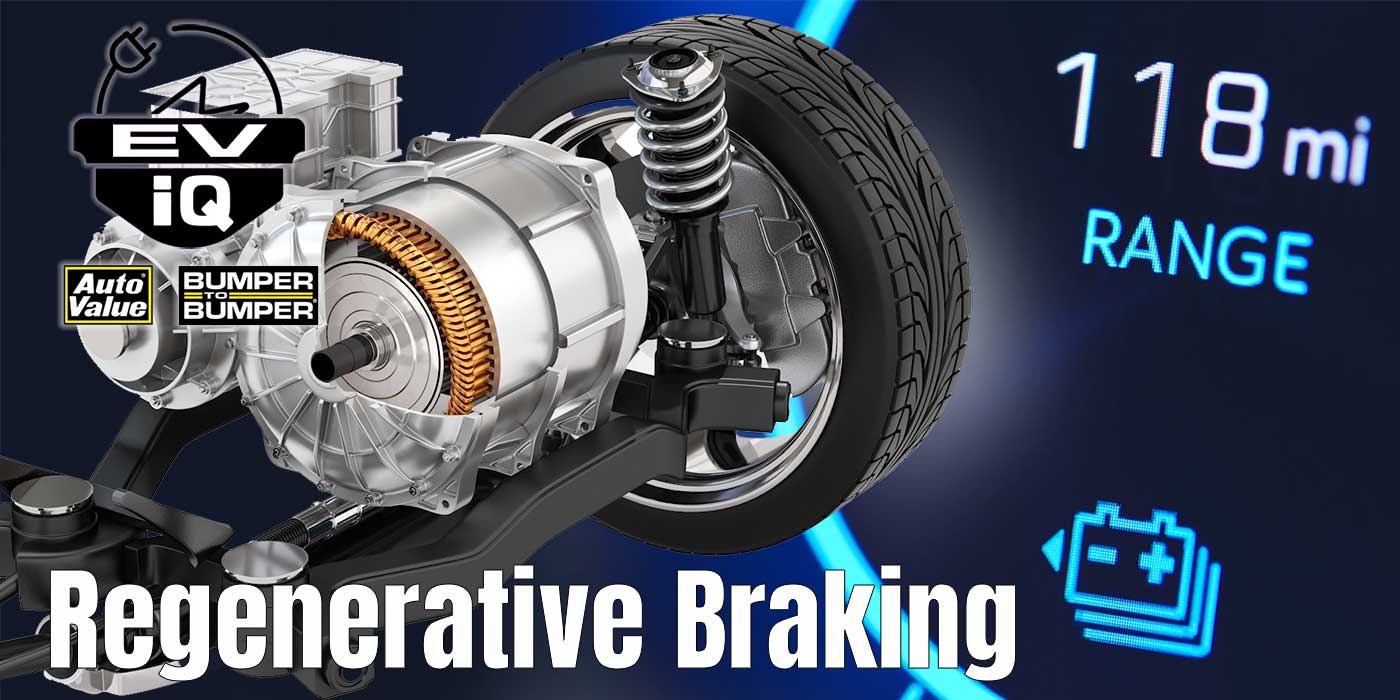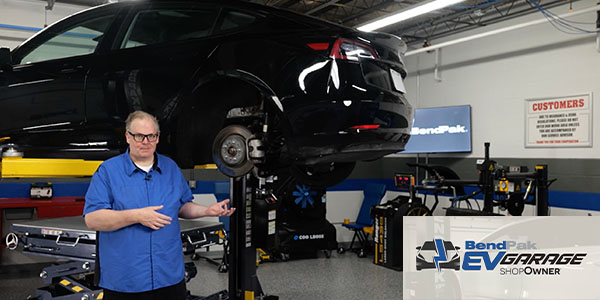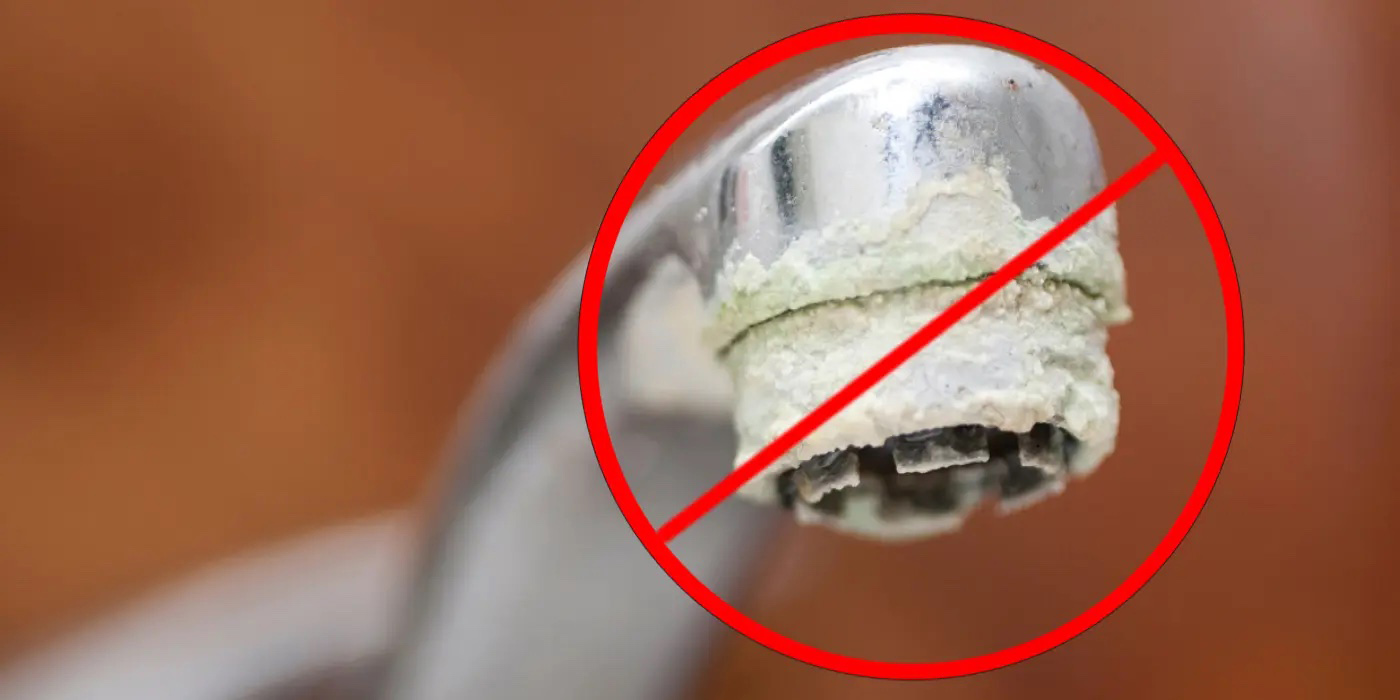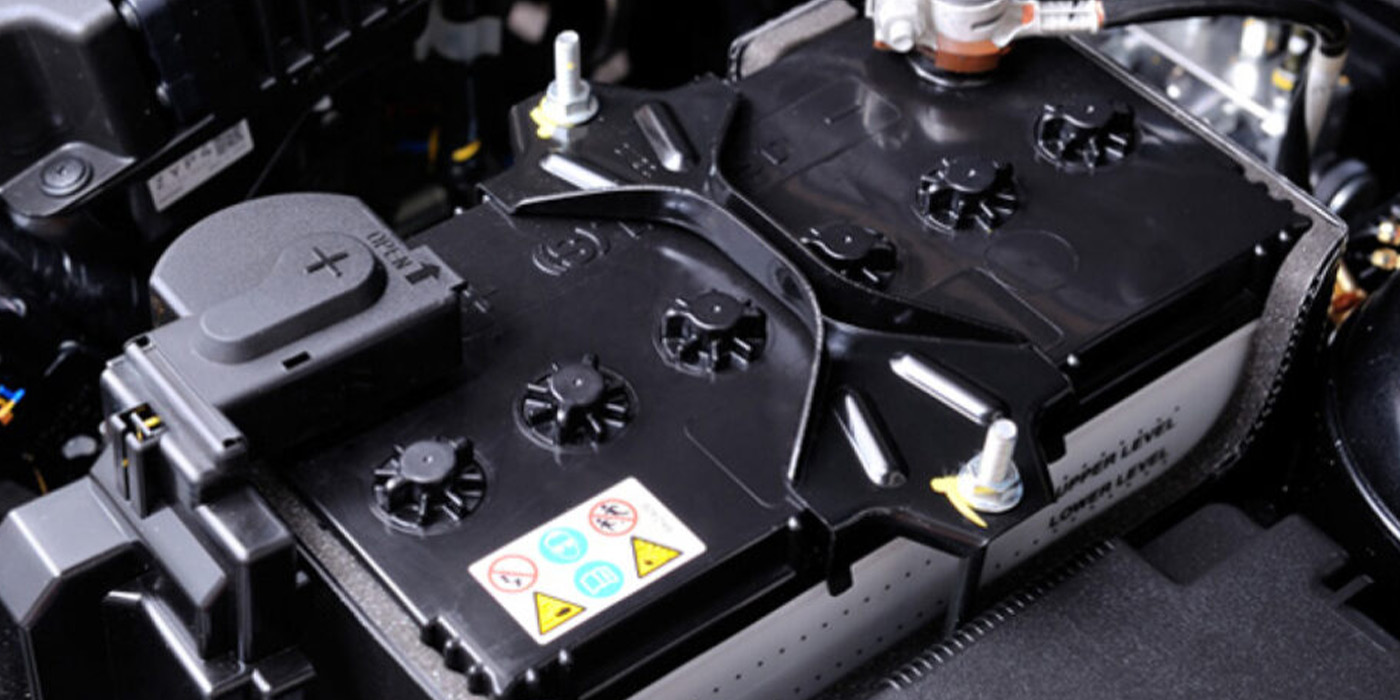It can be said that Hyundai was late to the hybrid game. Toyota and Honda both released hybrid models in 2000, and other OEMs had hybrids in their lineups by 2004. Hyundai’s first hybrid was introduced for the 2011 model year using the Sonata platform.
The Hyundai hybrid system has a motor control unit (MCU) and hybrid control unit (HCU). The MCU and HCU work with the other modules like the ECM and TCM. The system has regenerative braking and stop/start features.
The engine is mated to the hybrid system (motor and inverter) and transmission using a clutch. The system optimizes the engine and electric motor for the best fuel efficiency and utilization of the transmission. It looks at inputs from the driver, engine and transmission to decide when and where to use battery power.
The Basics
If possible, remove the proximity key from the vehicle when servicing the vehicle. Keep the key a minimum of six feet away to prevent accidental restarting of the vehicle until the 12V battery is disconnected.
On any hybrid, the high-voltage system has its own internal ground that is not connected to the chassis of the vehicle. Current from the high-voltage battery is controlled by the Power Relay Assembly (PRA), which consists of positive and negative main relays, a pre-charge relay, pre-charge resistor, and the battery current sensor. The relays are controlled using power from the 12-volt battery. The PRA is located inside the high-voltage battery pack assembly and controls the high-voltage power circuit between the battery and the HCU.
The 12-volt battery is located in the trunk on the passenger side of the vehicle and is accessed by removing a small cover. This battery powers all of the standard electronics. If the 12-volt battery is disconnected, the hybrid system can’t function. Before disconnecting the battery, remove the IG1 relay from the fuse box under the hood. After the 12-volt battery is disconnected, you can remove the service plug on the battery pack to disconnect the battery pack.
The Lithium-ion Polymer HV battery contains a gel electrolyte and is made up of 72 – 3.75V cells wired in series for a nominal voltage of 270V with 5.3 Ah of capacity. The battery is located behind the rear seat in the trunk area. The battery pack weighs about 93 pounds.
The battery is cooled using a blower motor mounted on the battery pack. The air intake is located on the rear package tray and looks like a speaker grille. The intake can become blocked by a coat or objects place over it. Also, pet hair and other airborne items can accumulate in the cage and housing for the blower. If this happens, the vehicle may have code P1BA1 indicating a high-voltage battery fan fault. The blower can be serviced or replaced. Also, check the ducting for damage or obstructions.
Hybrid Starter Generator (HSG) is mounted to the front of the engine near the intake manifold and is belt-driven. It cranks the engine for starting and acts as a generator when the HV battery needs charging.
How Low Can You Go?
The Hyundai hybrid system on some models has a mode that allows the driver to make it to a gas station. When the car runs out of fuel, the vehicle will run on EV mode, limited in vehicle speed depending on the state of charge (SOC) levels. When no fuel is in the tank, it is indicated by READY flashing in the instrument cluster. The Hyundai hybrid system sees this as a high or rapid discharge event. If the driver discharges the battery too much, it will stop the vehicle and turn on the service indicator for the hybrid system.
The instrument cluster displays the state of charge as a bar graph with L indicating 30% charge and H indicating 80%. It is not an indication of the Actual HEV Battery. SOC must be viewed with a scan tool that can access the HCU module.
The vehicle should be gradually reduced down toward a stopped condition as HEV Battery SOC falls from 30% down to 25% (scan tool indicated SOC PID). The engine should be able to run again and charge the battery after fuel is added so long as it did not fall below 20%. If the system fell below 20%, a scan tool might be required to restart the engine and charge the battery after fuel is added. The procedure is called an “Engine On Test.”
HVAC
The A/C compressor is driven by a 270-volt electric motor mounted under the HSG on the engine. The system uses Polyvinyl Ether (PVE) compressor oil that is non-conductive. If PVE oil gets mixed with conventional PAG oil, it may cause decreased volumetric resistivity due to dielectric breakdown. This may result in permanent damage to the electric A/C compressor.
If you are using your R-134a A/C service machine, pour in the calculated quantity of the PVE oil through the refrigerant port of the newly installed component prior to the final installation. Do not add PAG oil using the service machine.
The most important service item in the first-generation Hyundai hybrid is the software. Since the introduction of the hybrid Sonata, Hyundai has been refining the software for the hybrid, HVAC and transmission control systems. Some of the new software and calibrations were released long after the first generation ceased production. Always check the calibration and available updates if a customer is experiencing an odd problem.

